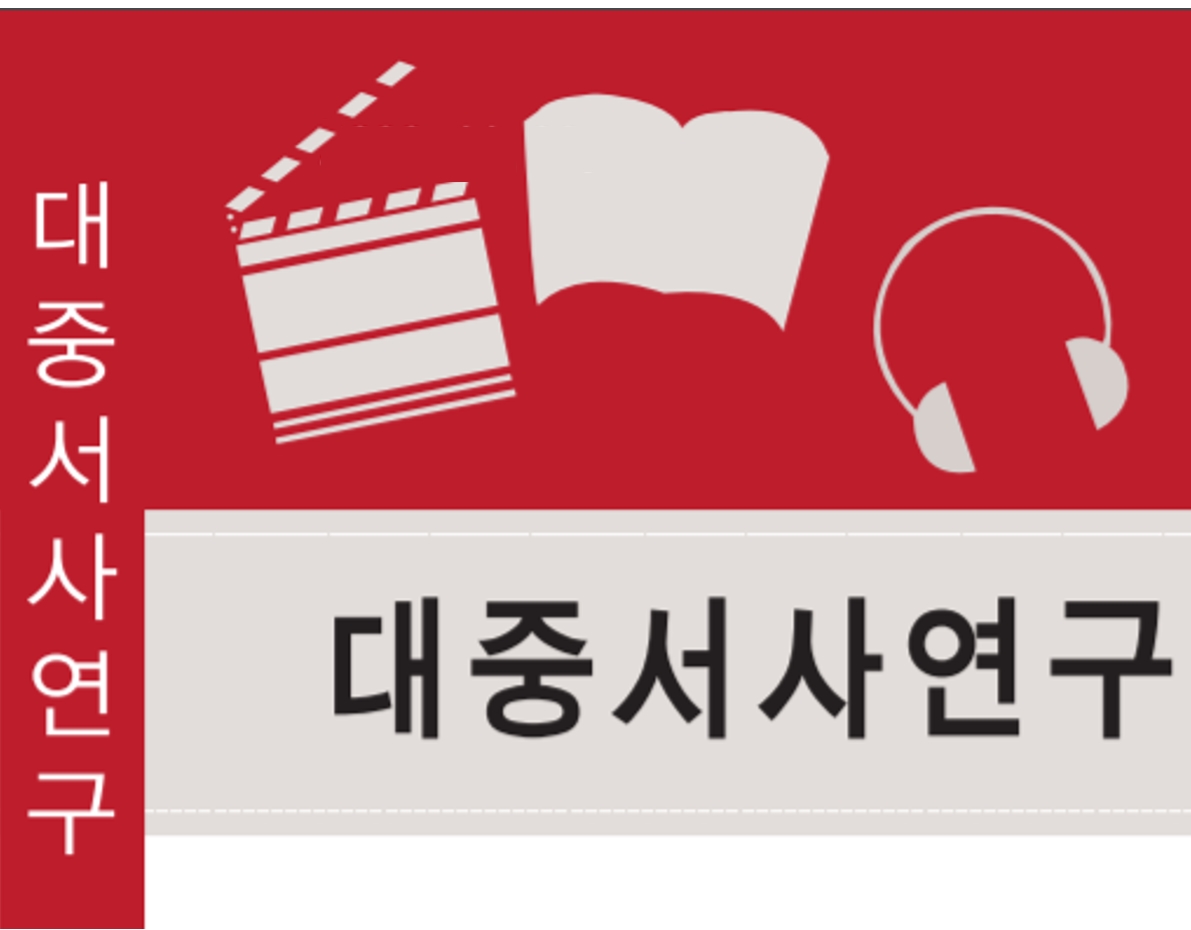대중서사연구
- P-ISSN1738-3188
- E-ISSN2713-9964
 ISSN : 1738-3188
ISSN : 1738-3188
A Study on the Interactive Content Adaptation of Toji —Focusing on ‘Kando Story’
Abstract
With the development of the cultural industry, literary works are made into various content. Regardless of what this content may be, they are looking for effective forms of enabling their active participation and interaction with appreciators. However, as interactive content is prone to constrain the action of its appreciators, appreciators may become passive unless it is effectively created. In Korea, most literary interactive content tends to be produced in the form of theme parks or exhibition halls, which put knowledge before feelings and experiences. As a result, their viewers remain as mere spectators. In order to remedy the problem, we need to plan the content in accordance with the actual circumstances of the viewers. For this reason, this study takes Pak, Kyong-ni’s novel, Toji as an example. Toji as a telling form, has been adapted for TV dramas and comics in its viewing form, and for literature museums or literature parks as an interactive form. However, Toji, a long historical novel set in Korea, China, Japan and Russia, can produce various content depending on the generation and region of appreciators. For example, if a Toji literature museum or literature park is established in Kando, it should be in a different concept from that of the literature museum in Pyeongsari or the literature park in Wonju. In other words, it should be consistent with the locale of the ethnic Koreans residing in Kando. The story in Kando, which begins with the second part of Toji, consists of two epic tales - one in which Pyeongsari people move to Kando, settle there and return home, and the other in which independence activists living as nomads fight against Japanese colonial rule. If we interpret and reconstruct the novel in terms of the history of ethnic Koreans in Kando. Toji will be an epic tale not only about the formation of ethnic Koreans in Kando but also about the anti-Japanese sacrifice of Korean ancestors. In this way, the focus and meaning of the narrative vary depending on the actual circumstances of the appreciators. Therefore, when we plan the literary interactive content, the appropriate reinterpretation of literary works will be the key to a successful content creation.
- keywords
- 토지, 상호작용 콘텐츠, 각색, 감상자의 실존, 간도, 이주서사, 방랑서사, 조선족 형성서사, 항일 희생서사, Toji, interactive content, adaptation, the existence of an appreciator, Kando, migration narrative, nomad narrative, ethnic Koreans’ formation narrative, anti-Japanese sacrifice narrative
Reference
박경리, 『토지』(5-20), 마로니에북스, 2012.
김희경, 『테마 공간의 스토리텔링과 이미지텔링』, 커뮤니케이션북스, 2016.
박영희, 『우리가 지켜내야 할 민족교육의 새 이름 두만강 중학교』, 작은숲, 2016.
박지선, 「프랑스 테마파크 콘텐츠 현황과 기획의 스토리텔링 체계」, 『한국프랑스학논집』 제59집, 한국프랑스학회, 2007, 245-266쪽.
설용수, 『재중동포 조선족 이야기』, 미래문화사, 2004.
성병오, 『중국 속의 이방인—연변을 들여다보다』, 도어즈, 2015.
연변사회과학원 역사연구소 편, 『중국 조선족 역사‧문화 산책』, 한림대학교 출판부, 2002.
유현준, 『도시는 무엇으로 사는가』, 을유문화사, 2015.
임계순, 『우리에게 다가온 조선족은 누구인가』, 현암사, 2004.
최혜실, 『테마파크의 스토리텔링』, 글누림, 2008.
태지호, 「테마파크의 ‘가상성’을 통한 관객성에 관한 연구」, 『인문콘텐츠』 제14호, 인문콘텐츠학회, 2009, 207-228쪽.
토지학회 편저, 『토지와 공간』, 마로니에북스, 2015.
한주, 『조선족 재발견』, 유아이북스, 2017.
린다 허천, 『각색 이론의 모든 것』, 손종흠‧유춘동‧김대범‧이진형 역, 앨피, 2017.
에드워드 렐프, 『장소와 장소상실』, 김덕현‧김현주‧심승희 역, 논형, 2008.
- Downloaded
- Viewed
- 0KCI Citations
- 0WOS Citations
